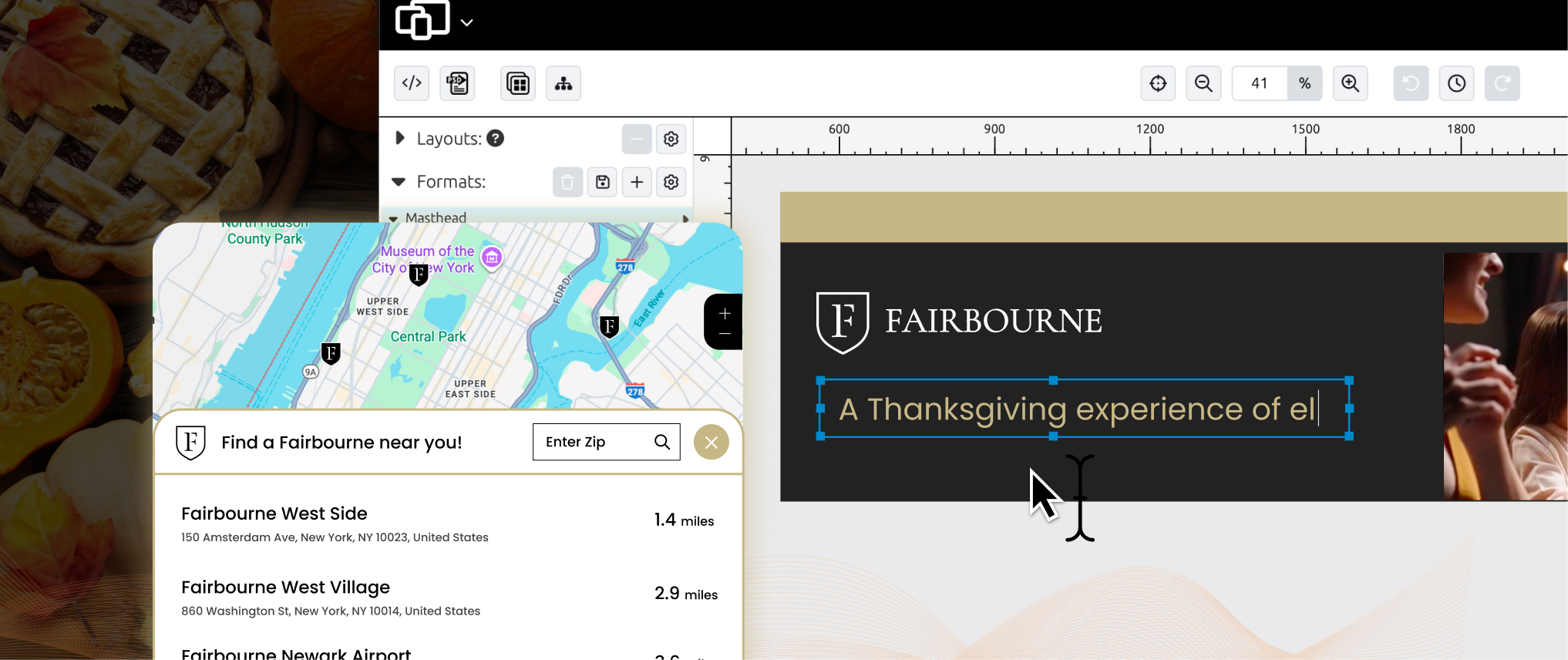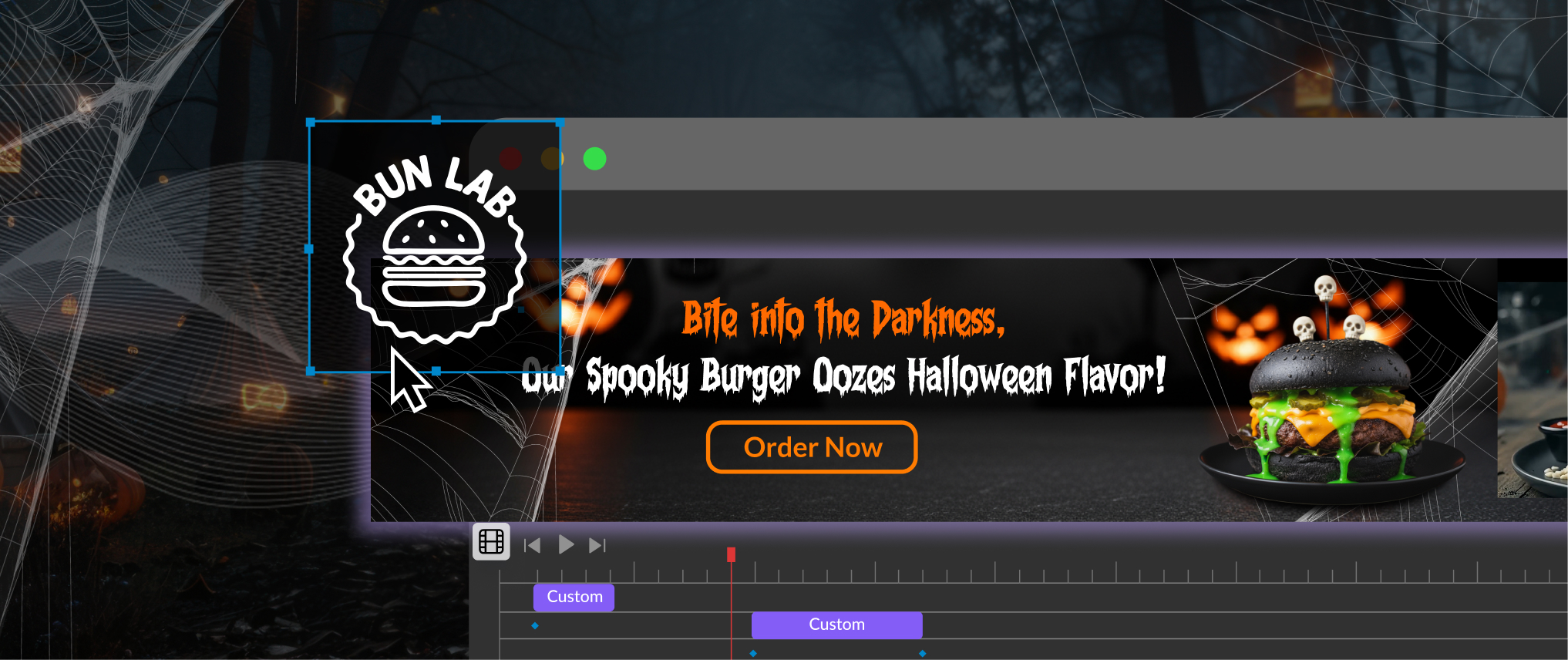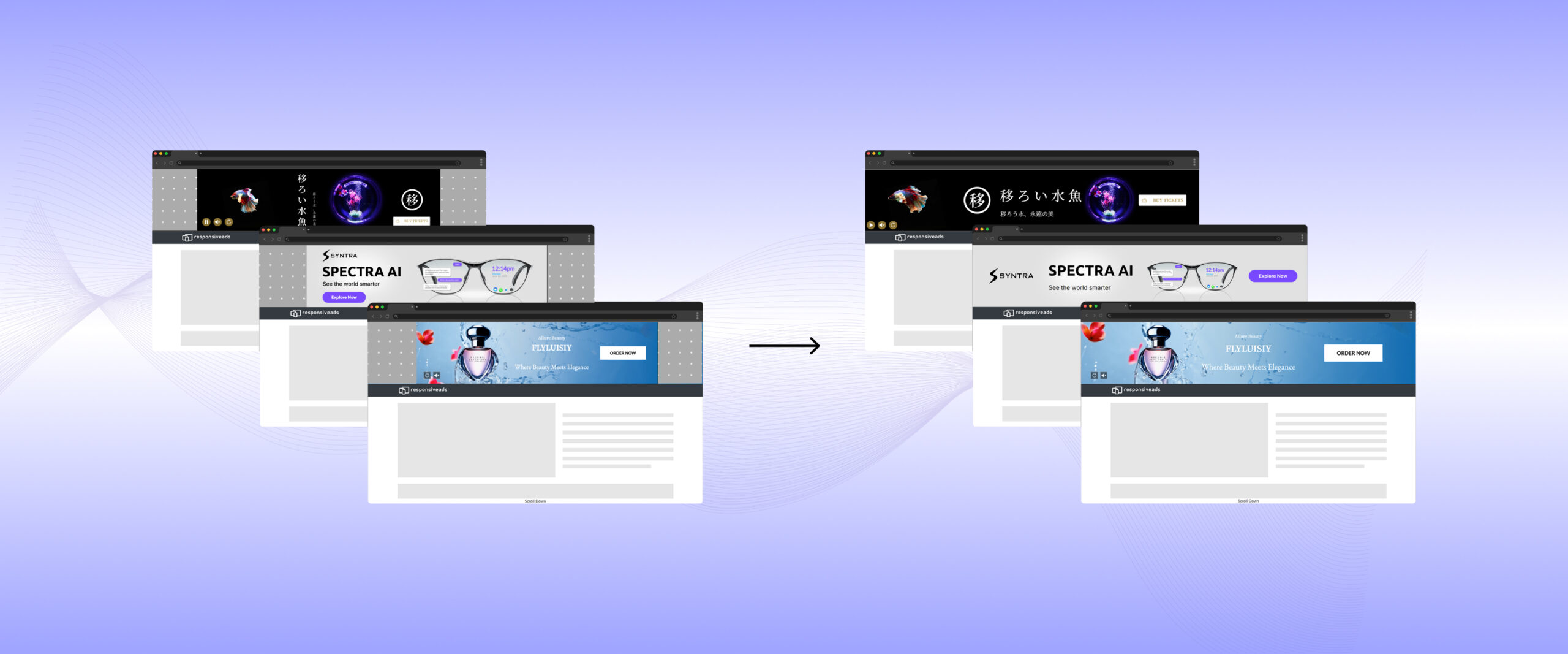
Natural Time To Rethink The Banner?
By Elisa Rivero
In a great article in the Mediapost, they highlight some great points around the banner.
1) Think beyond creative
Changing creative standards time and again is not enough, no matter how rich the media is. Einstein defined insanity as doing the same thing over and over again and expecting different results. Over the years, we have gone from static banners to animated GIFs, to rich media and high-quality video — and none have moved the engagement needle significantly. Creative isn’t the issue. We have to adjust other levers if we want to see any substantial change to CTRs and engagement rates. We have to start thinking differently about the importance of relevance and placement.
2) Relevance matters most
No matter how beautiful an ad is — how interactive and cool — if it’s not relevant to the consumer in the moment, it’s not going to engage them. Intent is everything. You could be targeting the right demographic in the right DMA at the right time of year — and the audience buy itself could be spot-on — but if the intent isn’t targeted in real-time, relevance is lost.
Targeting must go beyond audience and deeper into context in order to reach customers while they’re in a buying frame of mind. Think about search engine marketing, which captures a user’s search query and surfaces ads that are specific to that query. I saw an ad for Google recently that read: “You know who wants a haircut? People looking for a haircut.” Display advertising can learn something from this kind of intent targeting. The goal is to get so granular with our targeting that advertising becomes helpful rather than irrelevant and irritating.
3) Just try to look natural
Can we agree once and for all that the “golden triangle” is over? Why do we insist on putting ads along the top and down the right margin? It’s not effective. This may be one of the biggest drivers behind the native advertising movement.
Native advertising allows publishers to create advertising unique to their site or platform, so that ads fit seamlessly into the page. The ads often look like publisher content, although the best practice is to clearly identify them as ads. Examples of this include Sponsored Tweets, Sponsored Posts on Facebook and Google AdWords. Publishers like Slate, The Cheezburger Network, Funny or Die and Salon are offering native options, which tend to be unobtrusive and often helpful — or at least, entertaining or intriguing.
This is where advertiser and publisher heads should be, even if they can’t technically go native. Not everyone has resources to create their own platform, but it’s the right path — ads that don’t attempt to disrupt, but fit naturally into the flow of the user experience.
4) Cue the bugle
It may be premature to call the banner dead, but we have to stop using the same tired methods to revive it. No amount of glitter and glitz can make it work — we need to think beyond appearance at the root causes of banner blindness. If we can make display smart and relevant enough to be worth seeing, we can end the problem once and for all.
See on www.mediapost.com
Related posts



